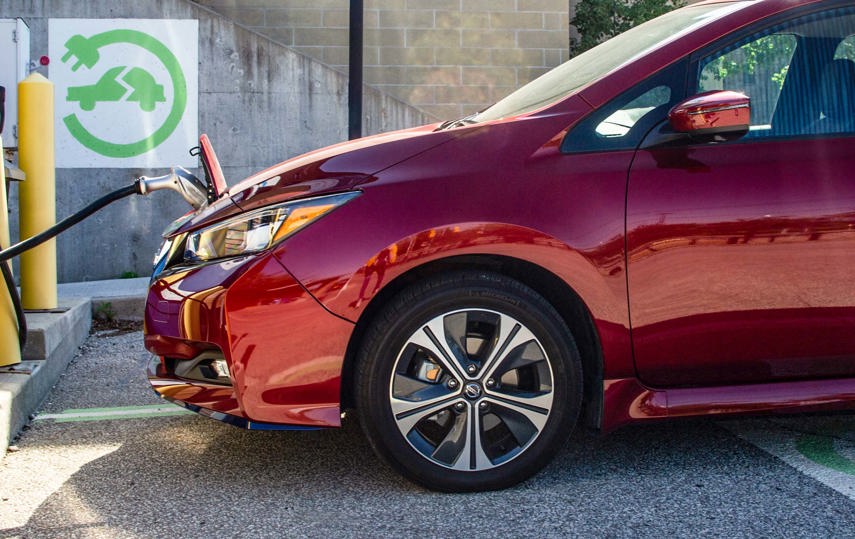When researching, shopping for, and living with an electric vehicle (EV), you’ll come across a few units of measure that you might not be used to. Don’t worry, we’re here to help explain them all. We will start with electricity basics of amperage and voltage as the foundation that forms the basis of understanding kilowatts and kilowatt-hours as they relate to charging, battery capacity, and electricity consumption. We will explain these units of measures in a simplified manner in the context of electric vehicles.
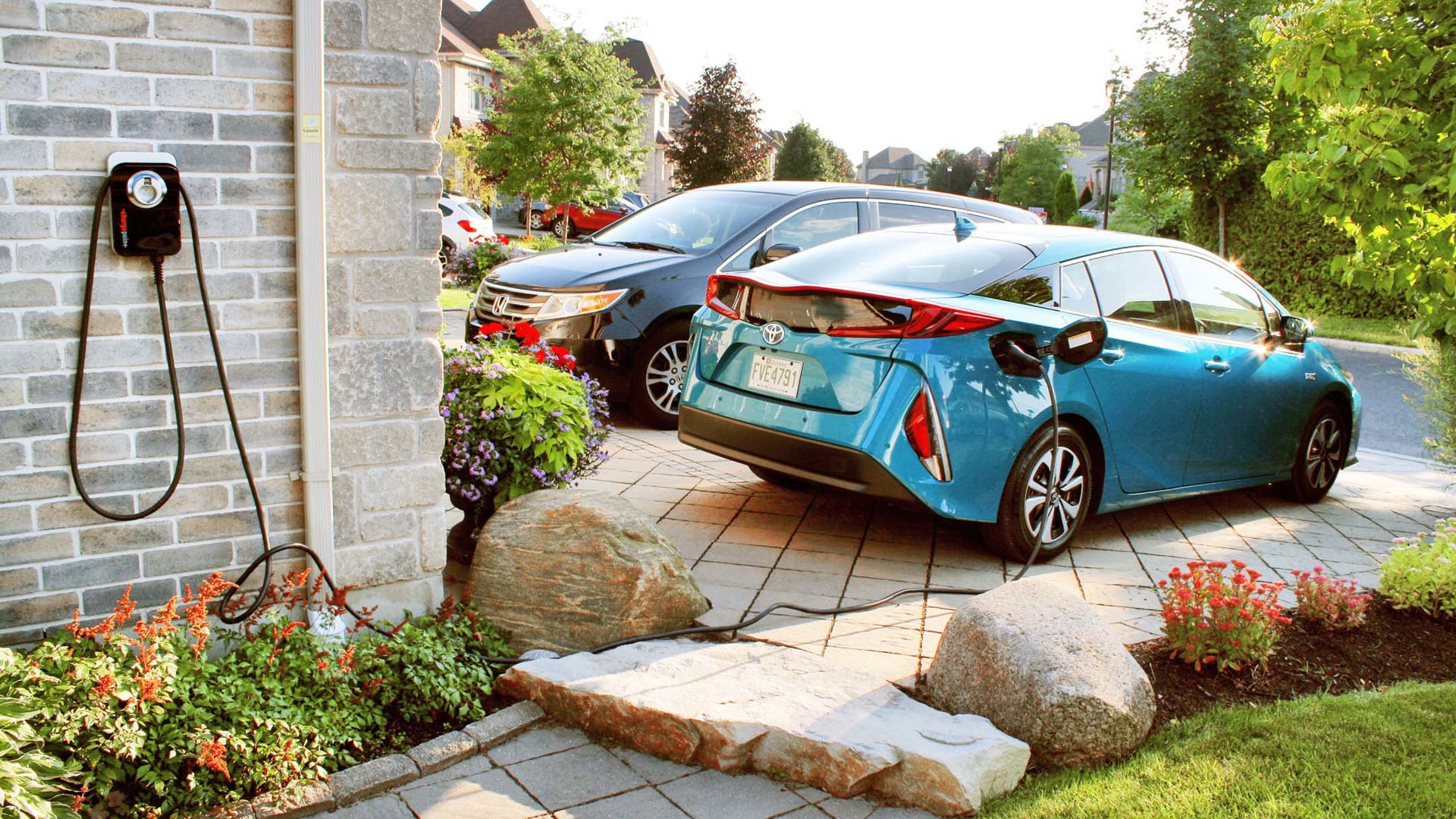
Amperage
Amperage or amps (A) is perhaps the easiest to understand. It is a measure of the amount of electric current flowing through a circuit.
Our standard home outlets are typically wired to allow a maximum of 15 A of current to flow through them.
The dryer and stove oven operate on higher amperage circuits because they demand more power to operate. These two circuits are wired to allow a maximum of 30 A to 50 A of current to flow through them, more than twice the current flowing through the standard three-prong outlets.
Voltage
Voltage or volts (V) is a measure of electric potential difference between two points on a circuit. For our purpose, we just need to know that the standard outlets in North America operate at 120 V. Electric dryer and stove circuits operate at a higher voltage, 240 V. Higher-voltage circuits are wired with thicker gauge wire, a higher amperage circuit breaker, and a different style outlet.
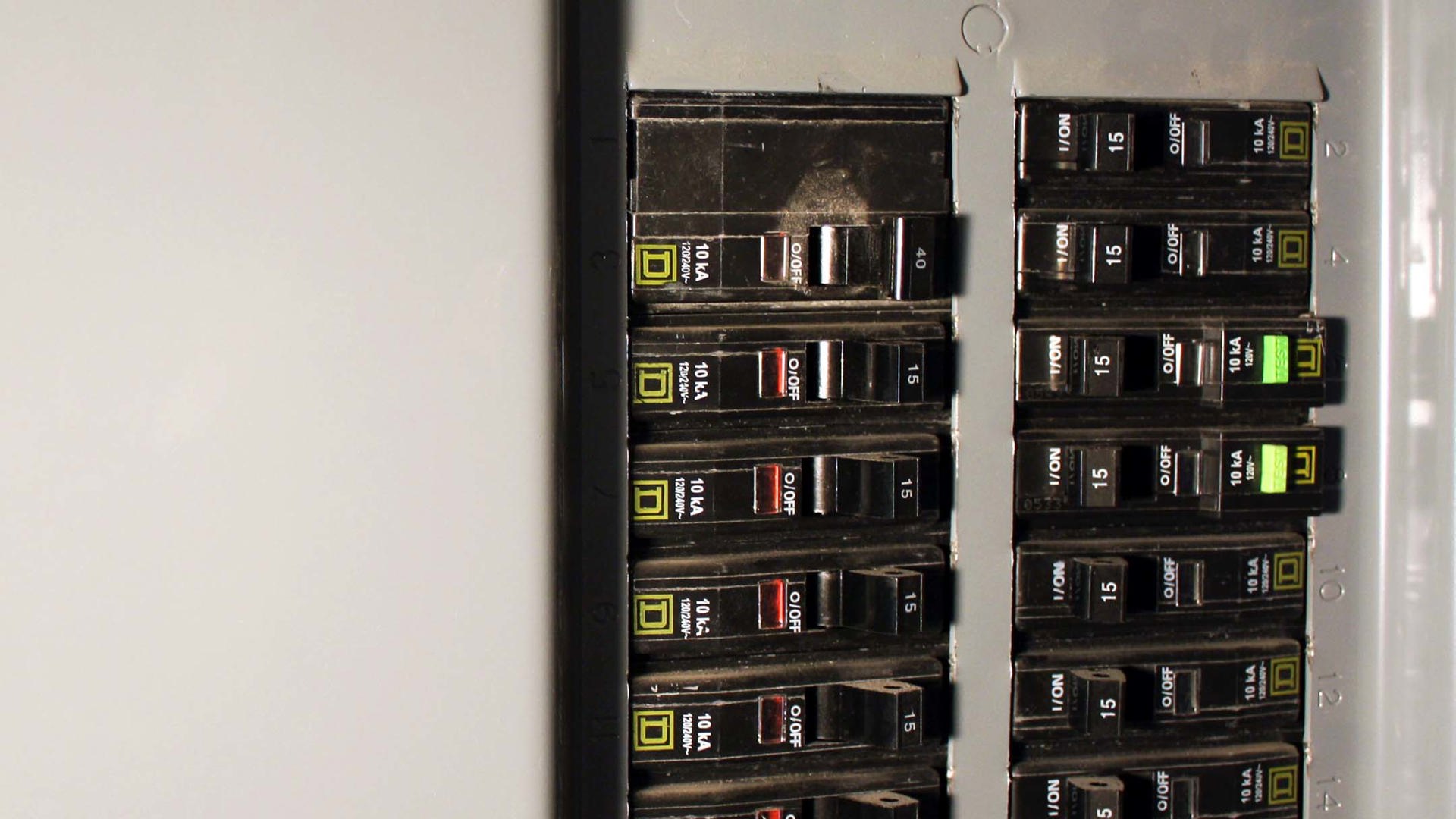
Kilowatt: Charging power
Watt (W) is a unit of measure for power, electric power in this context. A kilowatt (kW) is one thousand watts.
Power, in watts, is equal to voltage multiplied by current.
Given that a standard home outlet operates at 120 V with a maximum of 15 A of current flowing through it, it can supply at most 1.8 kW of power (120 V multiplied by 15 A). You can charge an EV by plugging it into a standard home outlet. This is referred to as Level 1 charging.
With a higher amperage circuit like the one for your dryer or stove operating at 240 V, wired for a maximum of 40 A of current, it can supply up to 9.6 kW of power (240 V multiplied by 40 A). This is referred to as Level 2 charging.
In comparison, some public EV charging stations can output up to 300 kW or more of power. Those are referred to as Level 3 or fast charging stations.
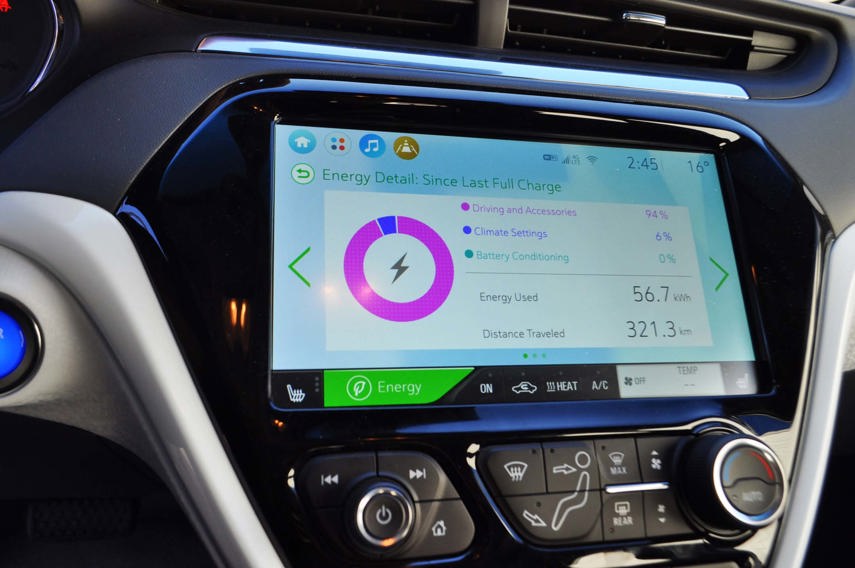
Kilowatt-hour: Battery Capacity, Consumption, and Electricity Cost
Kilowatt-hour (kWh) is used to measure electricity consumption. One kilowatt-hour of consumption means one thousand watts of power sustained and consumed for one hour.
Our standard home outlet, or Level 1 charging, can output only up to 1.8 kW of power. If sustained at its maximum output for one hour, then 1.8 kilowatt-hours (1.8 kW multiplied by 1 hour) of electricity would be consumed. If sustained at its maximum output for approximately 42 hours to charge an EV, then approximately 75 kilowatt-hours (1.8 kW multiplied by 42 hours) of electricity would be consumed – enough to fully charge an empty 75-kWh battery, like the one in a Tesla Model Y. The electricity consumed during that time is stored in the battery.
The capacity of an EV’s battery is also expressed in kilowatt-hours because it tells us how much power the battery can deliver over time. The same principles apply when drawing power out of the battery instead of consuming power to charge it. For example, if we assume it takes 1.8 kW of electric power from the battery to maintain a speed of 10 kilometres per hour, then with a full 75-kWh battery, you can maintain that speed for 42 hours! So, the higher the battery’s kWh rating, the more power it can store, and the farther it can go.
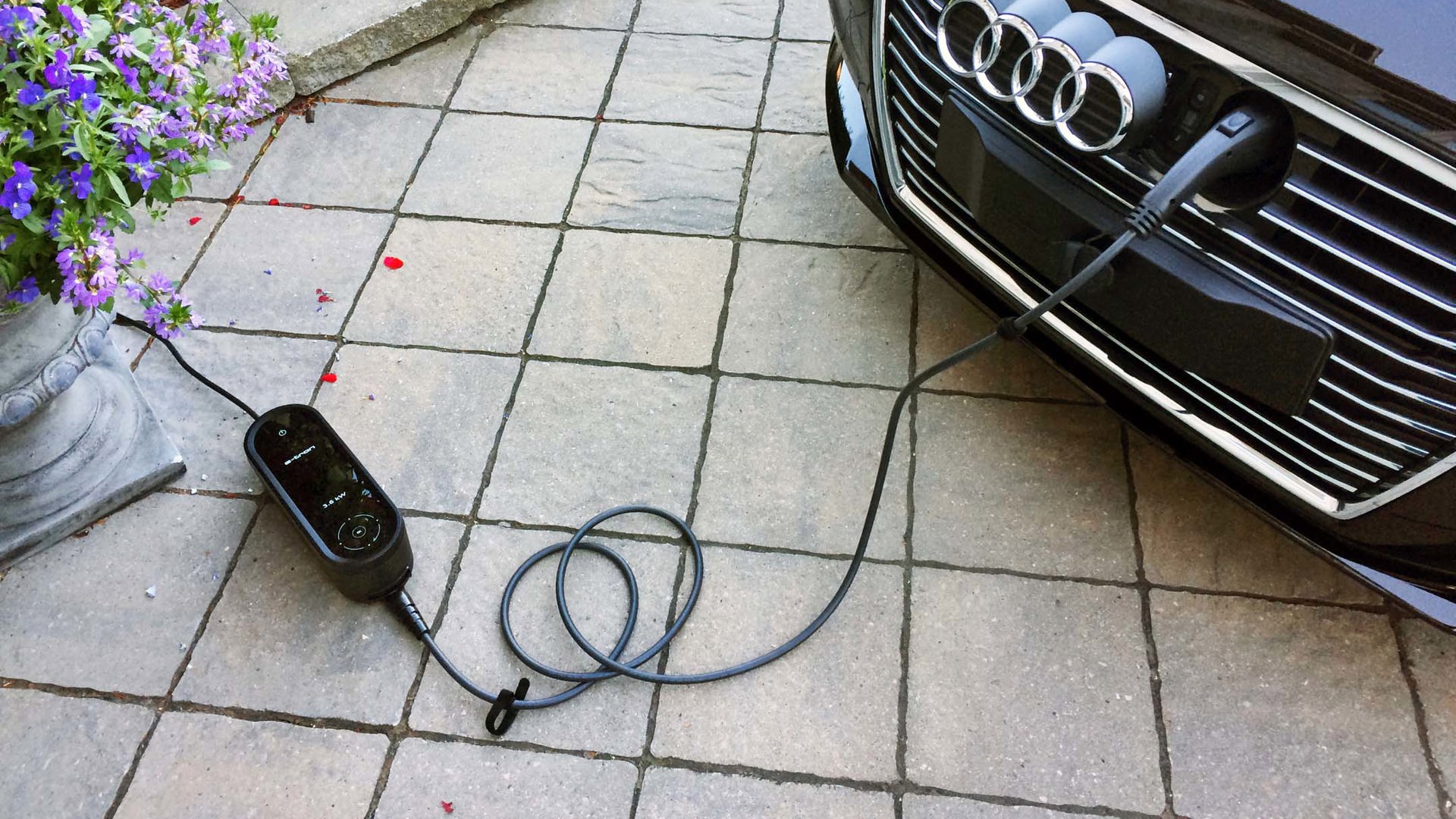
When charging an EV, the higher the power output from the source, the faster it can charge the battery.
On a Level 2 circuit at home with a maximum output of 9.6kW, if sustained for 7.8 hours, we can fully charge an empty 75 kWh battery (9.6 kW multiplied by 7.8 hours).
On a Level 3 charger with a maximum output of 300 kW, if sustained for only 0.25 hours, or just 15 minutes, we can fully charge an empty 75-kWh battery (300 kW multiplied by 0.25 hours).
In practice though, an EV does not draw the maximum sustainable power from the source for the full duration of the charge. As the battery approaches its maximum charge capacity, the vehicle reduces its power draw from the source. This is analogous to filling up a gas tank where, as the tank nears its full capacity, the pump automatically slows down the flow rate, so you don’t overfill and create spillage. The EV automatically slows down power draw to protect the battery from overcharging.
Since electricity usage is measured by kWh, your electricity provider charges you a price per kWh used. Using the same 75 kWh battery example, if the electricity rate is $0.082 per kWh used, then to consume 75 kWh of electricity to fully charge an empty 75 kWh battery, it would cost $6.15 (75 kWh multiplied by $0.082).
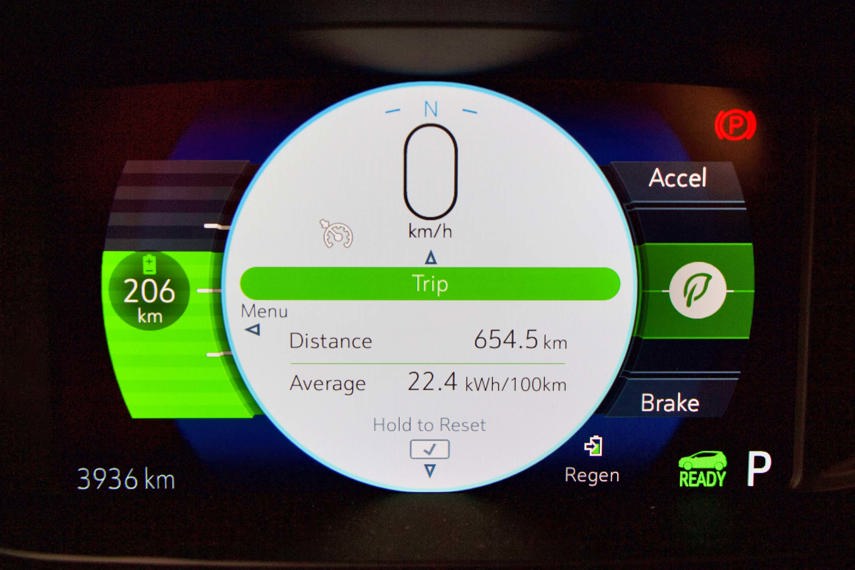
With this understanding of volts, amps, kilowatts, and kilowatt-hours, you can be an informed consumer and optimize your experience with electric vehicles.
